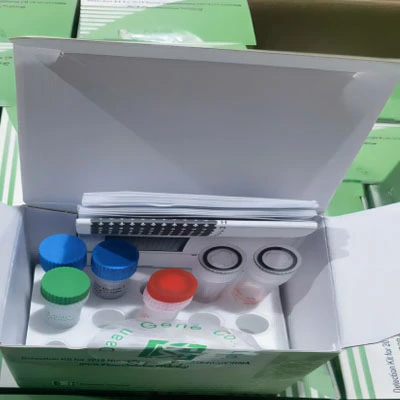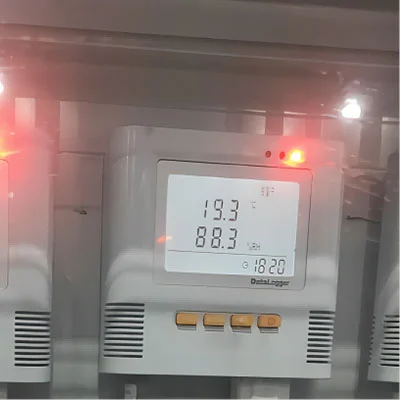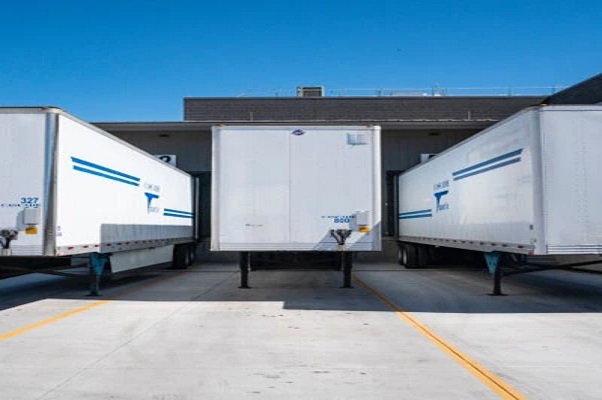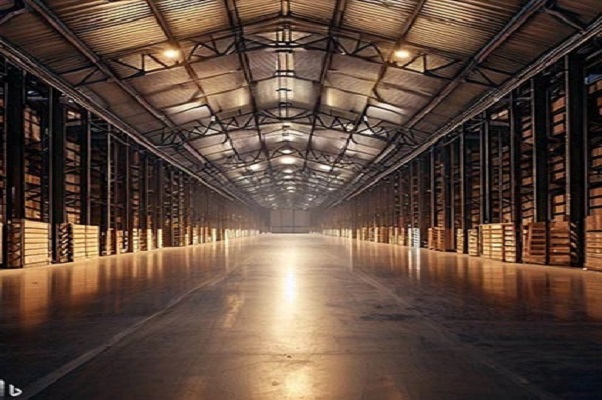+
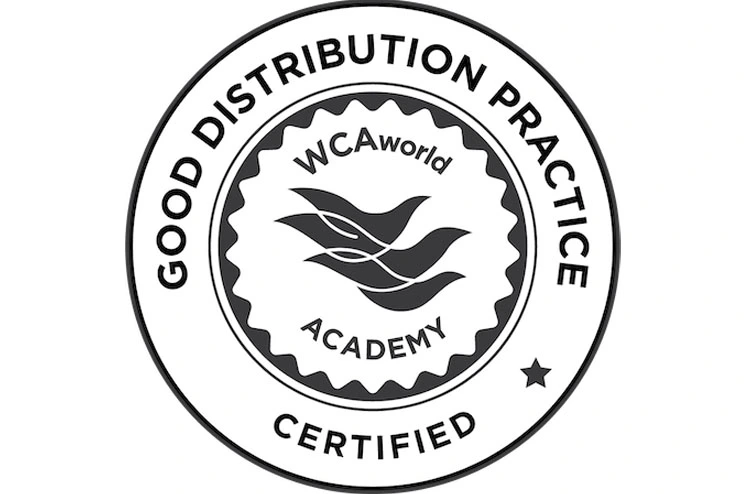
Pharmaceutical cold chain management services refer to the specialized services that are designed to manage the cold chain logistics of pharmaceutical products. The cold chain distribution for pharmaceuticals refers to the temperature-controlled supply chain that is required to maintain the efficacy, quality, and safety of temperature-sensitive pharmaceutical products throughout their entire journey, from manufacturing to distribution and storage. As an experienced cargo service China supplier, we offer a range of solutions and cold chain pharmaceutical logistics services for temperature control, quality management and risk assessment of your pharmaceutical products throughout the entire process.
As one of the most professional pharma cold chain logistics companies, Hansa International cold chain management of pharmaceutical products are trustworthy.
During transport, temperature loggers are used to record temperature, humidity, light, pressure, angle and position. The data can be downloaded at the destination to present transparency of the entire logistics process and give you peace of mind.
We are a certified member of the GDP Medical Cold Chain Transport Association and every detail has been carefully checked and any potential difficulties have been fully anticipated before pharma cold chain logistics.
Being professional and responsible in pharma cold chain logistics, we do all pharmaceutical cold chain management that is necessary to avoid temperature deviation and to rectify a problem before it is too late. Hansa International is reliable in pharma logistics.
The cold chain in the pharmaceutical industry is extremely important for several reasons:
Product Integrity: Many pharmaceutical products, such as vaccines, biologics, and certain medications, need to be kept at specific temperatures to maintain their efficacy. If these products are exposed to temperatures outside of their safe range, they can become ineffective or even harmful.
Regulatory Compliance: Regulatory bodies like the FDA and the EU’s European Medicines Agency have strict guidelines for the storage and transportation of pharmaceutical products. Maintaining a reliable cold chain is necessary to stay in compliance with these regulations.
Patient Safety: Ultimately, the cold chain is crucial for patient safety. If a medication is not stored or transported properly, it can pose a significant risk to patients.
Reducing Waste: A robust cold chain reduces the risk of pharmaceutical products becoming unusable due to improper temperature control. This helps to minimize waste and save costs.
Market Access: In many regions, demonstrating a reliable cold chain is a prerequisite for market access. Without it, pharma cold chain logistics companies may not be able to sell their products in certain markets.
Reputation: Failure to maintain a cold chain can lead to product recalls, regulatory action, and damage to a company's reputation.
Pharmaceutical cold chains work by maintaining a consistent temperature for temperature-sensitive pharmaceutical products from the time they are manufactured until they reach the end user. Here’s a step-by-step look at how it works:
Manufacturing: The process begins when the pharmaceutical products are manufactured. Products that require cold chain management are immediately stored in a temperature-controlled environment after production.
Packaging: These products are then packed in special packaging designed to maintain the required temperature, which is also known as a pharma transport package. This could include insulated boxes, gel packs, or other types of refrigerated containers.
Storage: The packaged products are stored in a temperature-controlled warehouse. The temperature in the pharmaceutical warehouse is continuously monitored and recorded to ensure it stays within the required range.
Transportation: The products are transported in refrigerated vehicles equipped with temperature monitoring devices, a process called pharma transport. These vehicles maintain a consistent temperature throughout the journey, regardless of the external weather conditions.
Delivery: Upon reaching the destination, the products are immediately moved to a temperature-controlled storage facility until they are ready to be used.
Monitoring: Throughout the entire process, the temperature is continuously monitored and recorded. If there is any deviation from the required temperature range, action is taken immediately to correct it and prevent any damage to the products.
Documentation: Detailed records are kept of the temperature conditions throughout the entire supply chain. This documentation is crucial for regulatory compliance and for ensuring the quality and safety of the pharmaceutical products.
A pharmaceutical cold chain is a complex system that requires careful planning, specialized equipment, and rigorous monitoring to ensure that temperature-sensitive pharmaceutical products are kept at the right conditions at all times.
The key components of a pharmaceutical cold chain include:
Temperature-Controlled Storage:
This includes refrigerators, freezers, and climate-controlled warehouses where pharmaceutical products are stored at the manufacturer, during transit, and at the end-user location.
Specialized Packaging:
This includes insulated boxes, containers, and packaging materials designed to maintain specific temperatures for extended periods of time.
Refrigerated Transport:
This includes refrigerated trucks, ships, and planes that are used to transport pharmaceutical products from the manufacturer to the end user.
Temperature Monitoring Devices:
These devices continuously monitor and record the temperature inside the storage and transport units to ensure it stay within the required range.
Qualified Personnel:
Trained staff in pharmaceutical cold chain management who understand the importance of maintaining the cold chain and are capable of managing and responding to any issues that may arise.
Standard Operating Procedures (SOPs):
Detailed procedures outline how to maintain the cold chain, including how to pack and transport products, how to monitor temperatures, and what to do in case of a temperature excursion.
Contingency Plans:
Plans for what to do in case of a failure in the cold chain, such as a power outage, equipment failure, or other unexpected event.
Documentation:
Detailed records of all aspects of the cold chain, including temperature logs, transport records, and incident reports. This documentation is crucial for regulatory compliance and for ensuring the quality and safety of pharmaceutical products.
Validation and Qualification:
Processes to ensure that all equipment and processes used in the cold chain are suitable for their intended purpose and are capable of reliably maintaining the required temperatures.
Regular Audits and Inspections:
Regular checks to ensure that all components of the cold chain are functioning correctly and that all procedures are being followed correctly.
Cold-chain management in the pharmaceutical industry faces several challenges:
Maintaining Temperature Control: The most significant challenge is maintaining the required temperature range throughout the entire supply chain. Any deviation can compromise the quality and efficacy of the product.
Infrastructure: In some regions, particularly in developing countries, there may be a lack of necessary infrastructure such as reliable electricity supply, refrigerated transport, and temperature-controlled storage facilities.
Cost: Implementing and maintaining a cold chain can be expensive. It involves the cost of specialized packaging, refrigerated transport, energy for temperature control, and monitoring systems.
Logistics: Coordinating the various stages of the cold chain, from manufacturing to delivery to the end user, requires careful planning and coordination.
Regulatory Compliance: Different countries have different regulations regarding the storage and transport of pharmaceutical products. Ensuring compliance with all these regulations can be complex and challenging.
Training: Staff involved in the cold chain need to be properly trained to understand the importance of maintaining temperature control and to know how to respond in case of a temperature excursion.
Monitoring: Continuous monitoring of temperature throughout the supply chain is crucial, but can be difficult to implement and manage.
Contingency Planning: Developing and implementing contingency plans for potential disruptions in the cold chain, such as equipment failure or power outages, can be challenging.
Last Mile Delivery: The final stage of delivery to the end user, often referred to as the "last mile", can be particularly challenging, especially in remote or rural areas.
Environmental Impact: The energy required to maintain temperature control and the use of refrigerants can have a significant environmental impact, which companies need to manage responsibly.
Are all pharmaceutical cold chains kept at the same temperature?
Not all cold chain pharmaceutical logistics are kept at the same temperature. Different drugs and vaccines have specific temperature requirements for storage and transportation. For example, some may need ultra-low temperatures like -70°C, while others can be stored at refrigerated temperatures around 2-8°C.
What kind of drugs and pharmaceuticals need to be kept cold?
Drugs and pharmaceuticals that need to be kept cold include vaccines, certain antibiotics, insulin, and other biologics. These temperature-sensitive products require cold storage to maintain their efficacy and safety.
What are cold-chain pharmaceutical products?
Cold-chain pharmaceutical products refer to medications and vaccines that must be stored and transported within a specified temperature range to ensure their quality and effectiveness. This involves a continuous refrigeration process from manufacturing to distribution. Hansa International also provides professional vaccine transport services.
What role does cold chain logistics play in the pharmaceutical industry?
Cold chain logistics plays a crucial role in the pharmaceutical industry by preserving the integrity of temperature-sensitive products. Pharmaceutical cold chain logistics ensures that drugs and vaccines maintain their potency from production through the entire supply chain, safeguarding public health and meeting regulatory standards. Proper pharma cold chain management helps prevent spoilage, maintains product efficacy, and ultimately improves patient outcomes.

